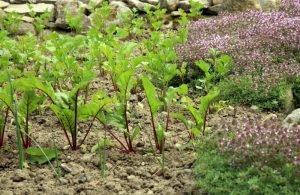Last Updated on September 26, 2025 by teamobn
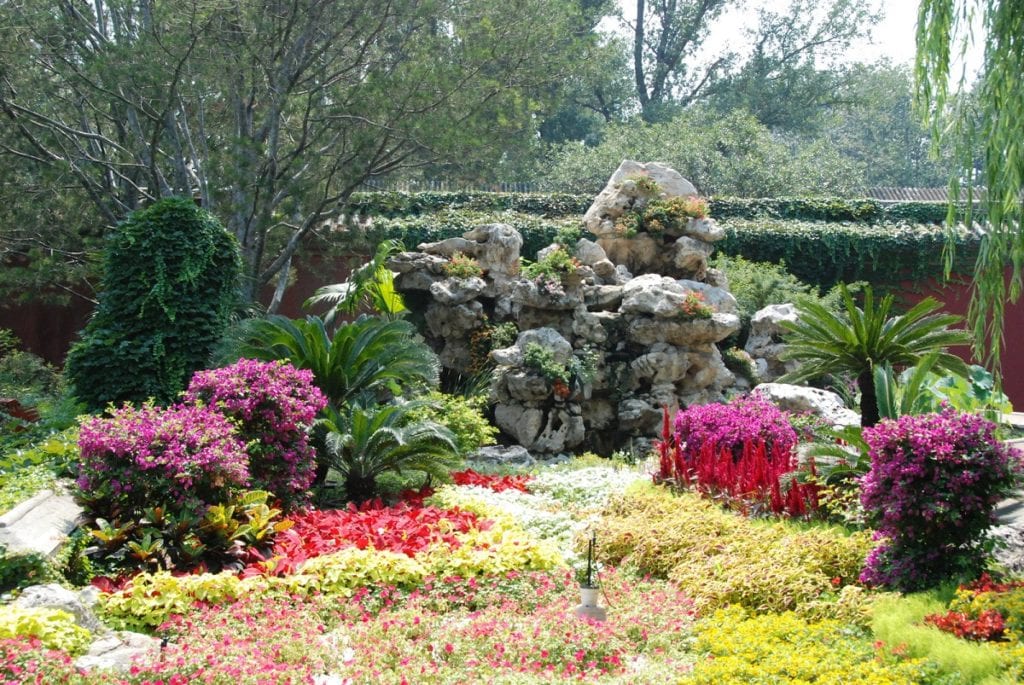
healthier garden.
Your garden brims with secrets. Knowing those secrets will
help you grow a beautiful, healthier garden. While gardening requires some
dedication and skill, there are fun facts about your garden that could make its
maintenance a little easier.
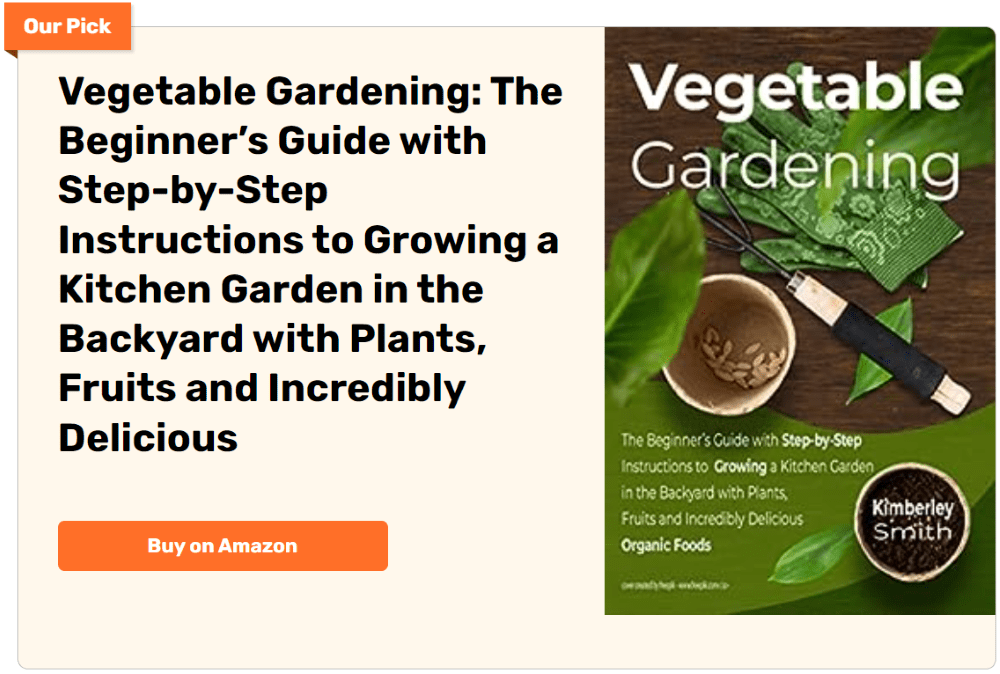
Gardening is far from a straightforward practice. If you are just starting out, you’ll find that it’s mostly hit-and-miss. But the more you learn, the fewer mistakes you’ll make.
Five Facts You Should Know About Your Garden
Contents
What you know about your garden informs your decisions and planning. While every garden is unique and different, there are facts that are true for all gardens.
Curious to learn more about gardens secrets? We have gathered five interesting facts you likely didn’t know about your garden.
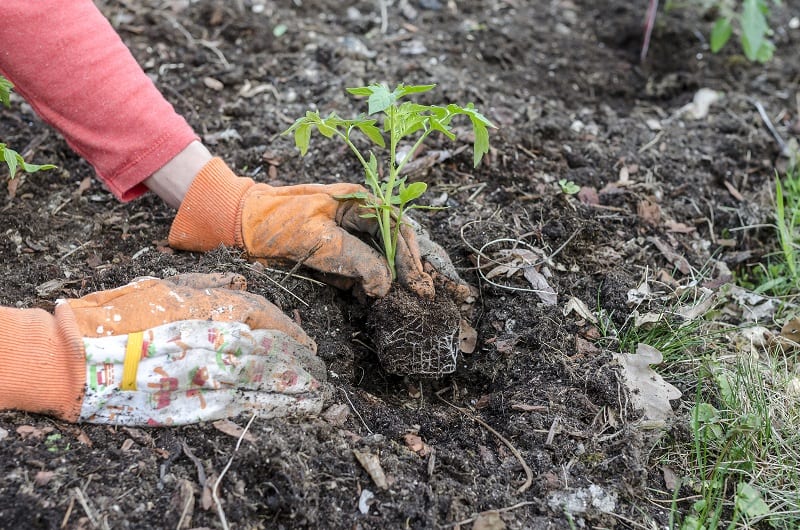
1. Butterflies may be more attracted to weeds than your flowers.
Colorful blooms aren’t the reason butterflies love your garden. They are attracted to fragrance and nectar more than color.
New cultivars of popular flowers have been bred for enhanced color and size. They often lose their fragrance in the process, according to the Smithsonian Institute.
Everyday weeds, like dandelions and clovers, might actually
be the most appealing things in your yard to butterflies. Growing heirloom
flower seeds can also encourage more butterflies to visit your garden.
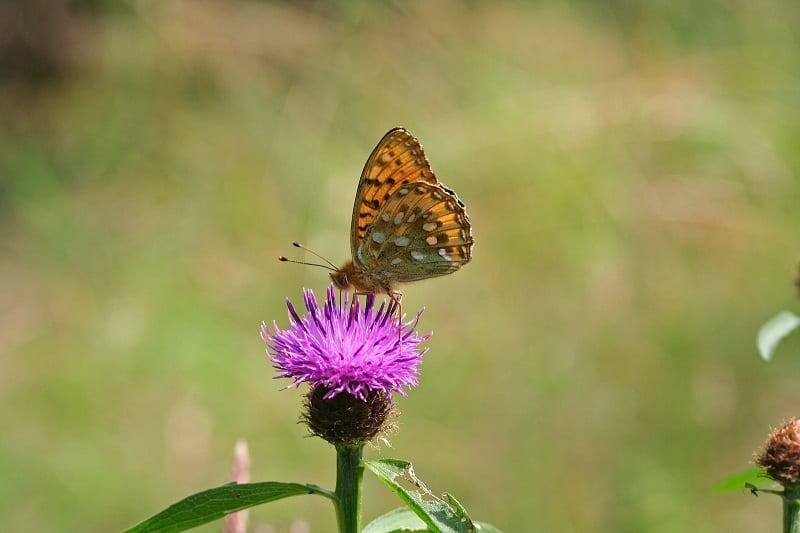
2. You can change a hydrangea’s color.
You can change a hydrangea’s color by altering the pH level of the soil. More alkaline soil will yield pinker blooms. More acidity will produce blue blooms.
To coax your plant to produce blue blooms, add more organic matter to your soil. You can use eggshells and coffee grounds. The change won’t happen overnight, but eventually, you should succeed in manipulating your soil’s pH level.
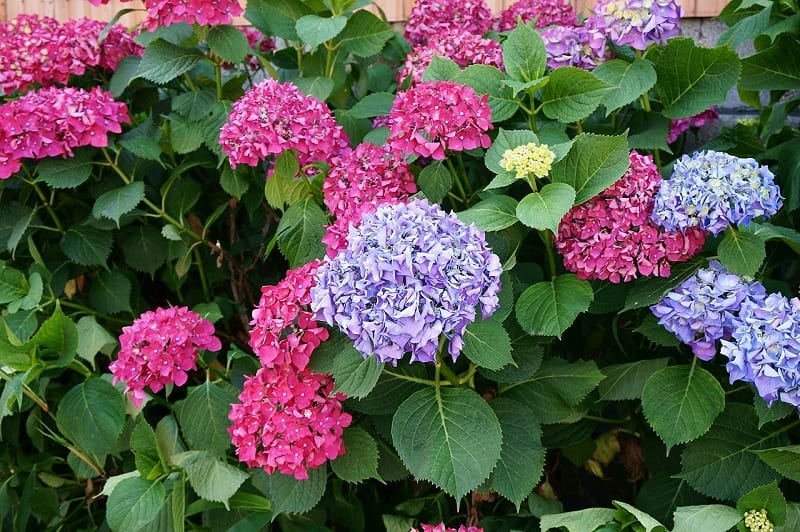
(Photo: Peka/Wikimedia Commons)
3. You don’t need to toil away at composting to reap similar benefits.
You don’t need to be a devoted composter to grow a healthy, beautiful garden. You can apply used coffee grounds, eggshells, chopped-up banana peels, and other organic matter directly to your soil.
These organic materials can offer plants nutrients as they decompose. If you’ve got an already-growing bed, you can scatter and bury the items within the first few inches of soil, say the editors of Dumb Little Man.
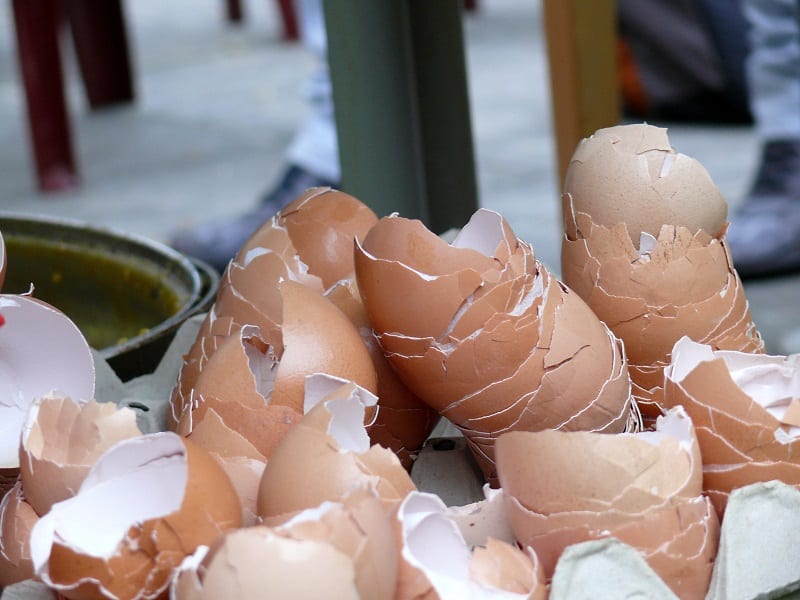
4. Plants respond to sound.
Have you heard – or seen – gardeners talking to their plants? Perhaps you’ve heard that talking to your plants will actually promote their growth. That may sound like an old wives’ tale, but plants actually do respond to sound.
The vibration from sound can affect plant growth. Studies have shown that sounds like music and your voice contribute to the growth and health of plants.
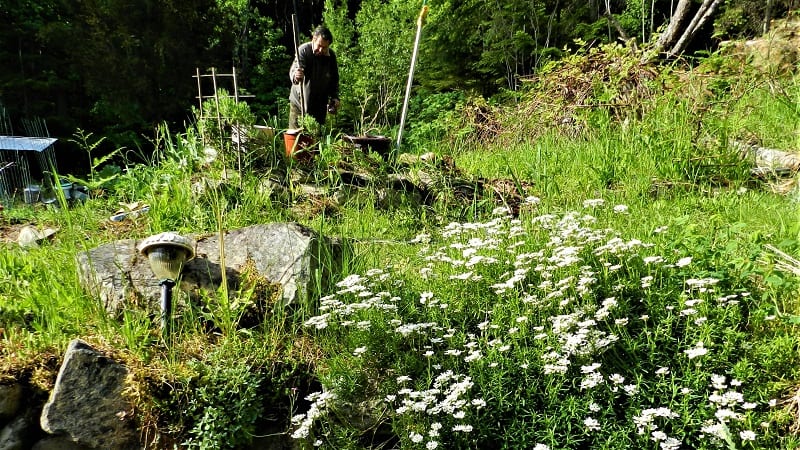
5. Gardening can make you a happier person.
Health experts have warned that depression is now a global epidemic. However, other researchers are discovering ways we trigger our natural production of happy chemicals that keep depression at bay.
Some of the results are surprisingly cheerful. For instance, researchers have found that getting your hands dirty in the garden can increase your serotonin levels.
Contact with soil and a specific soil bacterium, Mycobacterium vaccae, triggers the release of serotonin in our brain according to research.
Serotonin is a happy chemical, a natural anti-depressant that also strengthens the immune system. The lack of serotonin in the brain causes depression.

Soil Microbiome Secrets: Why Invisible Life Runs Your Beds
Healthy soil isn’t empty dirt. It’s an ecosystem powered by microbes, fungi, and arthropods. Understanding this living engine reveals gardens secrets that boost resilience, yield, and flavor with simple habits.
Fungi Forge Plant Partnerships
Mycorrhizal fungi extend root systems with threadlike hyphae that trade nutrients for plant sugars. This alliance improves phosphorus uptake and drought tolerance while calming disease pressure.
Encourage it by avoiding harsh synthetic salts, keeping living roots in beds, and feeding soil with leaf mold or compost. These practical moves surface real gardens secrets without expensive products, and they compound across seasons as fungal networks mature.
Compost Teas and Extracts That Actually Help
Not every bubbling bucket delivers benefits. Aerated compost teas made from mature, diverse compost can supply microbial foods and signal plants to mount measured defenses.
Strain well, apply to moist soil, and treat foliar sprays as light inoculations rather than cures. Pair teas with steady organic matter inputs so microbes don’t starve. This evidence-minded approach turns hype into usable gardens secrets that fit weekly routines.
Minimal Disturbance, Maximum Structure
Frequent tilling shreds fungal highways and collapses crumb structure that roots need for air and water. Switch to broadfork loosening, surface mulches, and seasonal top-dressing.
Earthworms and microbes will knit aggregates that resist compaction and hold moisture through heat spells. You’ll spend less time watering and weeding while seedlings establish faster. Protecting habitat uncovers quiet gardens secrets hiding in soil architecture you build slowly, not overnight.
Watering Windows That Plants Prefer
Timing water isn’t guesswork. Plants absorb and defend differently across day. Aligning irrigation with biology and weather unlocks gardens secrets that reduce disease, save water, and keep roots working efficiently.
Dawn Deep-Soak Beats Midday Sprinkle
Early morning watering charges the root zone before heat ramps up. Leaves dry as the sun rises, which lowers fungal risk while minimizing evaporation losses. Run water slowly until the top six to eight inches are moist, then stop.
Consistent dawn deep-soaks train roots downward, stabilize flavor in fruiting crops, and stretch irrigation intervals. Practical gardens secrets start here because timing changes outcomes more than brand labels.
Afternoon Exceptions in Cool Seasons
Cool, breezy afternoons in spring or autumn can be safe windows for a targeted top-up, especially for transplants wilting after exposure. Keep water at the base, not on foliage, and finish with enough daylight for quick dry-down.
Avoid this tactic during humid spells. Respecting seasonal context prevents mixed signals that invite mildew. Flexible timing honors plant physiology and turns rules into adaptable gardens secrets that match your climate.
Reading Soil, Not Schedules
Calendars don’t know wind, heat, or last night’s shower. Check moisture with a finger test or a ten-inch probe and water only when the root zone says it’s time. Mulch to slow evaporation, then adjust frequency as canopy size grows.
Deep, infrequent sessions beat daily sips that keep roots shallow. This observation-first mindset transforms routine chores into reliable gardens secrets you refine with each bed and season.
Why We Love to Garden
If you’re like us, you love to garden. There’s no better feeling than being outdoors in the sun and soil, whether we’re working in a sprawling backyard garden or in a few containers on your front stoop.
The rewards are priceless. We are among beautiful trees, shrubs, and flowers, and we harvest fresh fruits and vegetables from our gardens.
If you’ve never gardened before, then we are happy you’re here. If you’re looking for reasons to start a garden, the five listed above may help.
These secrets will not only help you raise a healthy garden, but they may also help contribute to your overall health and happiness, as well.




